The growing field of behavioural science is increasingly intertwined with social impact initiatives. Howard Delafield International (HDI), a woman-owned social enterprise that tackles social, environmental, and health challenges through creative problem-solving, exemplifies this trend with their award-winning mobile game, Go Nisha Go. Downloaded by over 300,000 users, it leverages the power of gamification to address sensitive topics like menstruation, consent, contraception, and delaying marriage in a compelling and interactive way.
Beyond its engaging gameplay, this USAID-funded game boasts a robust foundation in research. Randomized control trials have documented significant improvements in girls' knowledge, self-efficacy, and intention to seek help regarding reproductive health.
In an engaging interview with TheCSRUniverse, Ms. Kavita Ayyagari, Country Director, Howard Delafield International-India and India Team Lead (HDI), offers an insightful exploration of the game's design principles, the scientific underpinnings of its success, and its broader implications for utilizing gamification as a tool for social empowerment.
Discover how Go Nisha Go is empowering a generation of girls and shaping the future of social impact initiatives. Read the full interview here.
Q&A
Q. How did HDI strategically integrate behavioural insights, commercial expertise, and emerging technologies to design Go Nisha Go, and what challenges did the team encounter during this process?
A. The Game of Choice, Not Chance™ design and development process was informed by extensive research with girls aged 15-19 living in slums and settlements in Delhi, Rajasthan, and Bihar. The research was conducted by HDI’s partner, Girl Effect, involving over 400 adolescent girls. Based on insights gleaned from this research, the HDI team crafted characters and storylines to which girls could relate, with a focus on the game’s protagonist, “Nisha”. The story, characters, dialogues, and situations underwent rigorous testing through co-design sessions with girls. Each episode was structured around specific learning objectives, such as understanding the menstrual cycle, the relationship between menstruation and fertility, and debunking common misconceptions related to menstruation.
Go Nisha Go was developed during the Covid years 2020-2022, presenting various challenges in coordination with teams and girls involved in co-designing the game. HDI mobilized different teams to address distinct elements of the project. For instance, the game design and development team focused on refining and testing the storyline, while the HDI team forged partnerships to incorporate in-game links. Additionally, the team working on the chatbot ensured it captured adolescent queries on consent, menstruation, and delaying early marriage. The legal team worked on privacy policy and compliance with data privacy laws, while the marketing team devised branding strategies and developed the marketing plan. Given HDI’s global reach, this required seamless coordination across geographies and timelines, including collaboration with partners and girls located in Patna, Delhi, and Jaipur, presenting significant challenges during the Covid years.
Q. The randomized control trial conducted in various regions showed significant improvements among girls who played Go Nisha Go. Can you elaborate on the specific game elements or features that contributed most to these positive outcomes?
A. The game uses the Discover-Play-Decide and Act framework for imparting knowledge, creating changes in attitudes, and encouraging action by players. It assigns scores based on the 3 “VITALS”: Health (a score based on factual health information), Relationships (a score reflecting the player's actions with respect to self and others), and Confidence (based on the player's level of confidence in their decisions). Additionally, the game incorporates mini-games to assess knowledge. "Super Nisha" is one such mini-game in Go Nisha Go, where players must evade obstacles and answer questions correctly to progress.
Since the game operates on a choice-based system, each decision made by players earns a score. Correct answers result in higher scores, and players experience win and loss states based on the choices they make throughout the game.
These mechanics effectively facilitate learning and understanding of what is correct and beneficial for players.
According to the RCT study, girls who played the game are 2200% more likely to know about alternative menstrual hygiene products,119% likely to have correct fertlity awareness, 176% more likely to have the confidence to control timing of marriage.
Q. With a focus on the Direct-to-Consumer (DTC) approach, how did the game enhance users' confidence in seeking health advice and purchasing menstrual products online? Were there any unexpected findings in this aspect of the research?
A. According to the RCT study, Girls who played the game were 2.5 times more likely to have the confidence to discuss menstrual health with others; 20 times more likely to know about alternative menstrual hygiene products, such as tampons; 1.5 times more likely to have confidence to access menstrual hygiene products online; and 1.2 times more likely to seek health from a formal service provider for any menstruation related concerns. So far, the game has linked the players to 28 sexual and reproductive health, mesntruation and consent related resources such as helplines (hellosaathi - a menstrual health helpline, ChildLine), videos (Chaajaa), websites (teenbook, Love matters), apps (period trackers, fertility apps, Cyclebeads app, Techsakhi etc), and a chatbot (AskParo.chat) and has garnered 745,000 clicks since the launch in June 2022.
Q. Can you provide examples of how Go Nisha Go effectively simulates conflicts and choices to empower players in their real-life decision-making?
A. Go Nisha Go uses discovery and play to empower adolescents to be active decision-makers in their lives. There are 5 episodes in the game that focus on negotiation with parents, menstruation, consent, contraception and delaying marraige. In each episode, the player is presented with a challenging situation in which she must make a choice. She is provided credible and correct information through a mentor character. She is also provided access to resources, links and information so that she can make healthy choices.
For instance, in the consent episode, Nisha and Ayush (the boyfriend) are on a movie date where Ayush asks to kiss her. Nisha must decide whether to consent or not. She receives guidance on consent from Shireen, a relationship influencer, who explains the concept of SURAJ (S - Stithi anusar, U - utsah ke saath, R - radd karne ka adhikar sahit, A - azaad hokar, J- jaankaar ho kar). Shireen emphasizes the importance of understanding consent and the significance of reporting any instances where consent is not explicitly given.
Q. Considering Go Nisha Go's success in India, are there plans to expand its reach to other countries or cultures? How might cultural nuances and regional differences be addressed to ensure the game's effectiveness in diverse settings?
A. Yes, although there is an intention to expand the game through language options across India and South Asia, the current design of the game is specifically tailored for Hindi-speaking girls in India. It draws upon the lived experiences of girls in India to ensure authenticity and relevance.
Additionally, we are in the process of developing a separate game for Nepal, which is being created in collaboration with girls from Nepal. This approach ensures that the game accurately reflects the cultural nuances specific to Nepalese girls, thereby enhancing its effectiveness and impact in that context.
Q. Go Nisha Go has demonstrably increased knowledge, but are you evaluating actual behaviour change? How impactful is the game in sensitive areas like contraceptive use and delaying marriage?
A. Through the Randomized Controlled Trial (RCT), we attempted to measure changes in behaviour and observed some positive indicators, such as increased tracking of periods and purchasing period products online.
Assessing the uptake of contraception and the delay of marriage necessitates long-term studies to observe significant changes, however, we noticed a significant jump in comprehensive knowledge of contraceptives and increased confidence towards their uptake.
Girls who played the game were 3.6 times more likely to have a comprehensive understanding of OCPs and 4.6 times more likely to have a thorough knowledge of ECPs than girls who did not. They were also 1.3 times more likely to seek care from a health provider for contraception-related issues and 1.2 times more likely to negotiate for condom use. It is believed that all these shifts together will ultimately result in an increase in contraceptive use.
Additionally, girls who played the game are 119% more likely to possess accurate fertility awareness, including knowledge about safe days, and they are 176% more likely to have the confidence to control the timing of marriage.
Q. What are your strategies for scaling up engagement and ensuring equitable access in rural areas?
A. We have a multi-pronged strategy to reach a broader audience of adolescents, which includes expanding awareness through schools and colleges, engaging celebrities and influencers, forming partnerships with local NGOs and CSR organizations focused on girl empowerment, health, and education. Additionally, we are collaborating with menstrual health and contraceptive products and services, as well as with government initiatives to promote the game in their programs and public schools.
Q. What are your plans for sustaining Go Nisha Go beyond USAID funding? Are you exploring alternative funding models or partnerships to guarantee its long-term impact?
A. Yes, indeed. We are actively seeking funding to broaden access to the game through partnerships. Currently, we have forged a collaboration with the America India Foundation to extend the game's reach across India, targeting states where they operate and aiming to reach 200,000 girls through this initiative. Moreover, we are exploring partnerships with state governments, school programs, menstrual and adolescent health programs, and seeking support from new funders to further expand the game's accessibility and impact.
Q. How will you keep Go Nisha Go fresh and relevant in a rapidly evolving digital landscape? Will new topics, partnerships, or features address emerging adolescent challenges?
A. We plan to collaborate with new partners to introduce bonus episodes on nutrition, mental health, pregnancy etc. The idea is to have many new topics included in the game that are relevant to adolescent girls. We are looking for funding to research and develop these episodes.
Q. Beyond Go Nisha Go, what is your broader vision for utilizing innovative technologies to empower marginalized communities and address pressing social issues?
A. HDI believes that many of the world’s social, environmental, and health challenges can be effectively addressed through digital technology. With mobile technology providing widespread access to the internet, a combination of digital interventions such as gaming, virtual influencers, social media and content channels, chatbots, online courses and learning management software (LMS), and direct-to-consumer (DTC) portals, helplines, and apps can offer adolescents access to a wealth of information and resources at their fingertips. This approach breaks down barriers to access and empowers adolescents to make informed choices that benefit them.
Currently, HDI has developed a game, a website, a chatbot, and a social media content channel tailored for adolescent girls in India. We are also in the process of creating a game for boys, as well as a game, a portal, and a virtual influencer for Nepal. The topics we cover predominantly focus on adolescent health and well-being. We aim to secure funding to expand the coverage to encompass more topics, languages, and geographical regions, thereby ensuring a broader reach and impact.



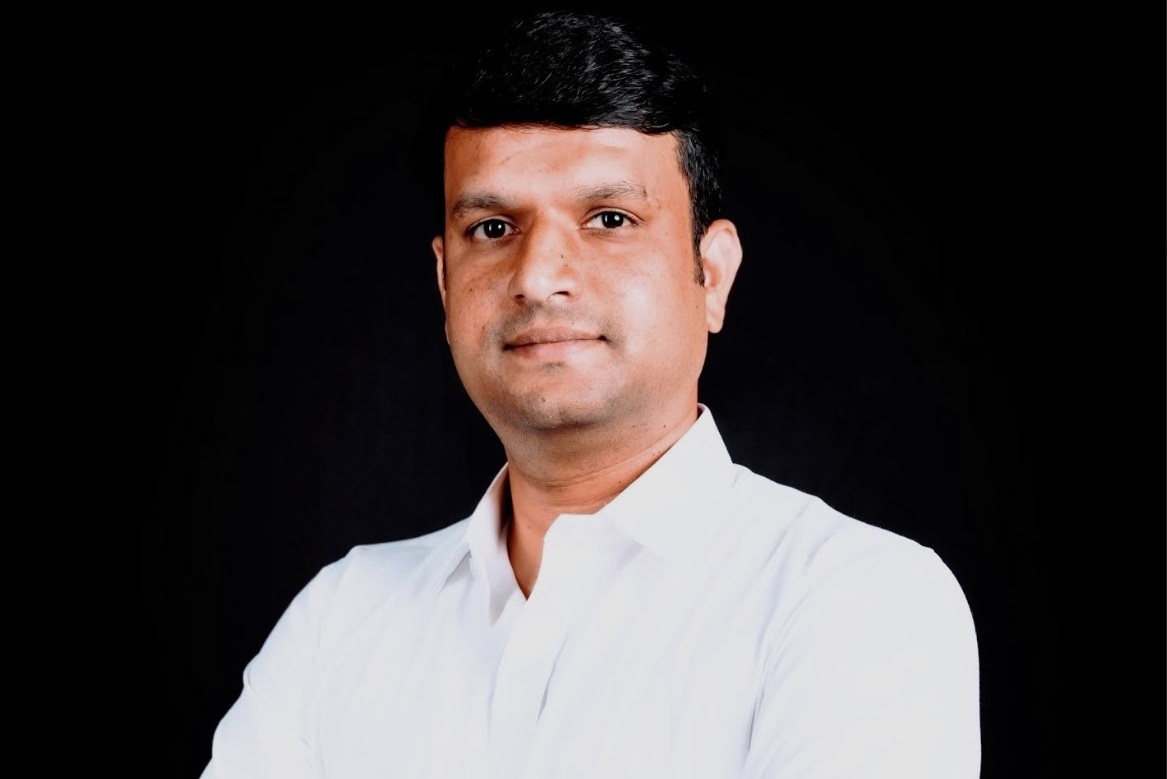
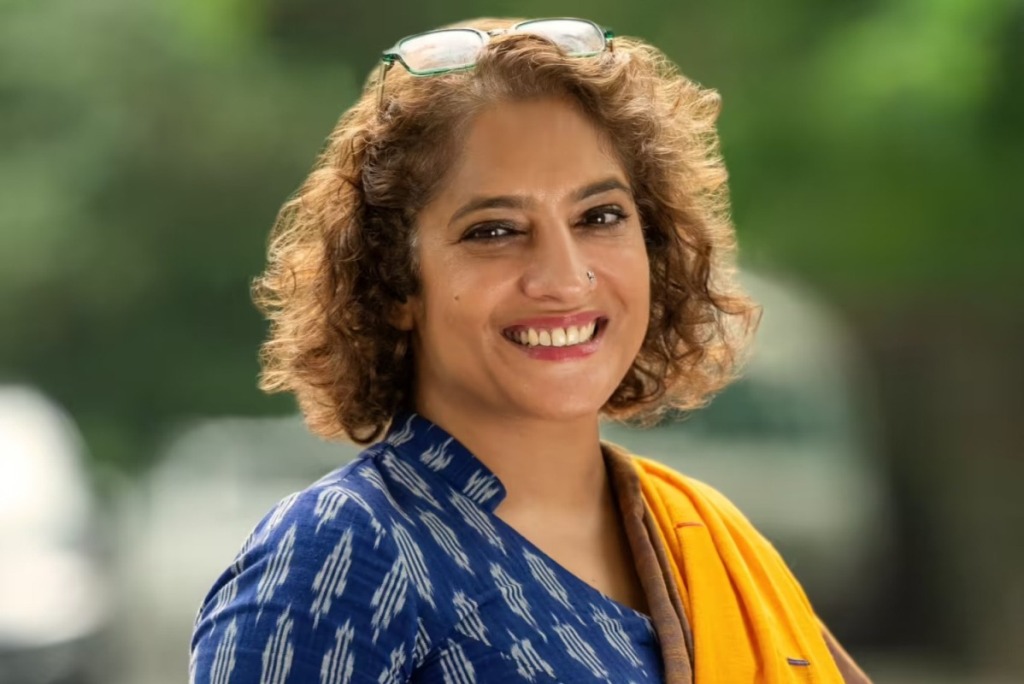
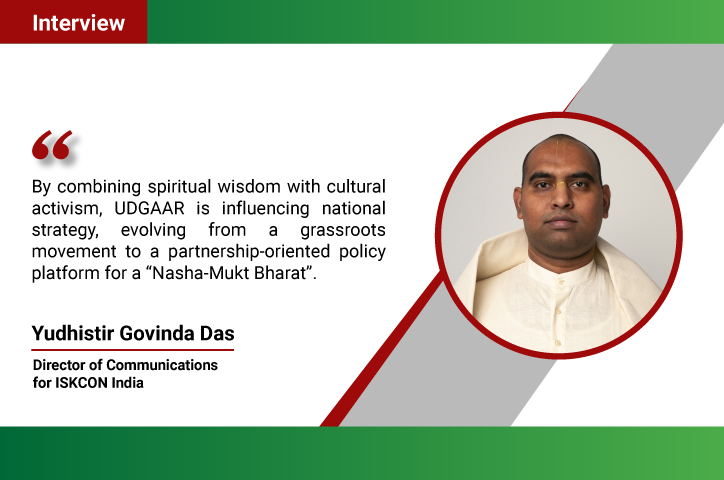

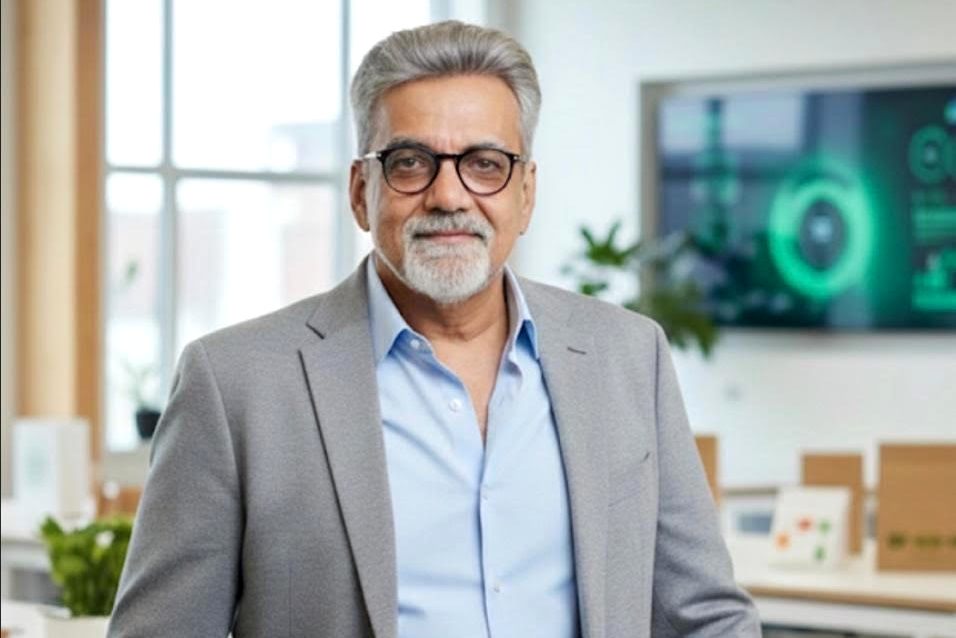


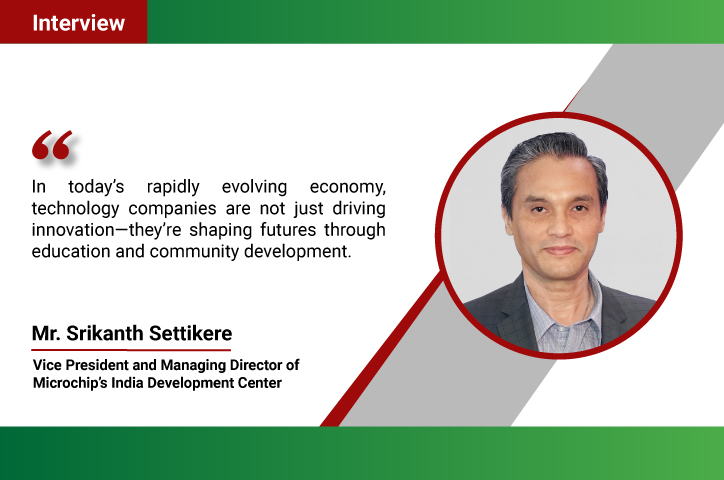
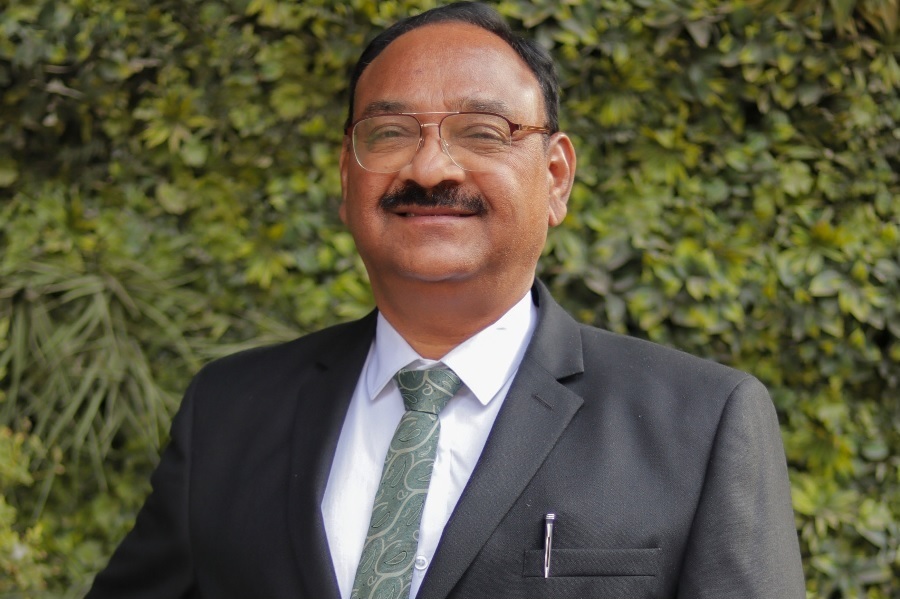
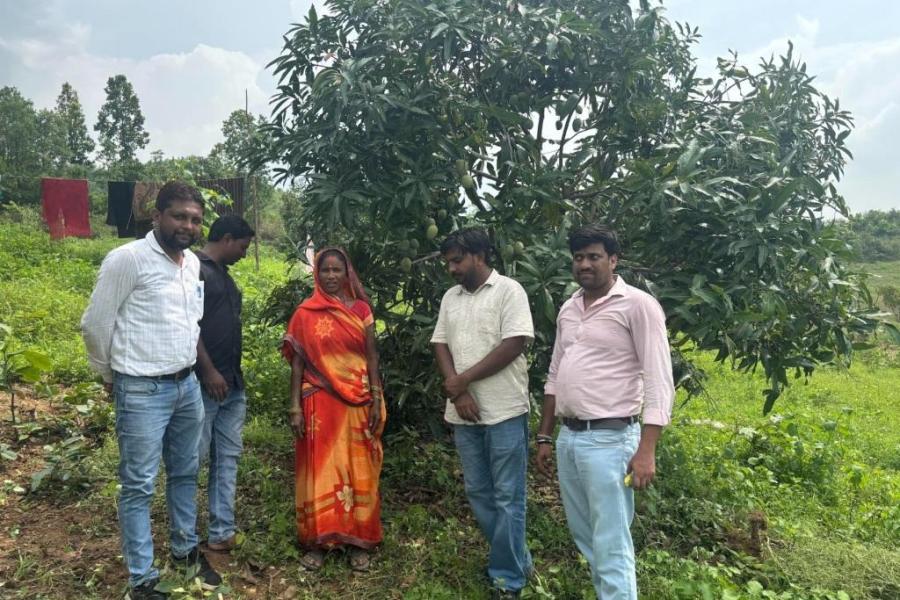


.jpg)




